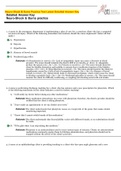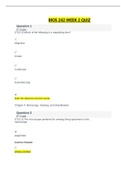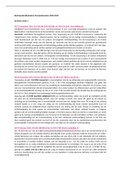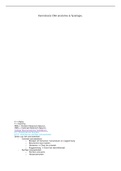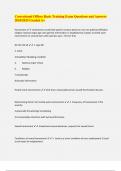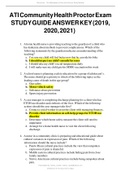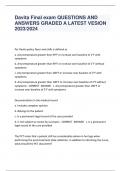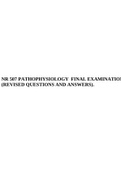Exam (elaborations)
ATI MEDSURG 2 NUR 265/ DETAILED ANSWER KEY NEURO-SHOCK & BURNS PRACTICE
- Module
- Institution
ATI MEDSURG 2 NUR 265/ DETAILED ANSWER KEY NEURO-SHOCK & BURNS PRACTICEATI MEDSURG 2 NUR 265/ DETAILED ANSWER KEY NEURO-SHOCK & BURNS PRACTICEATI MEDSURG 2 NUR 265/ DETAILED ANSWER KEY NEURO-SHOCK & BURNS PRACTICE
[Show more]
